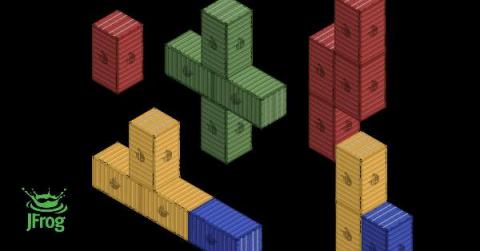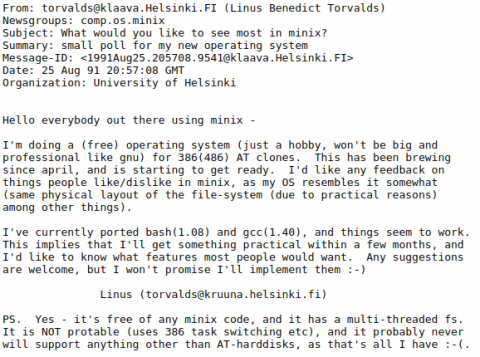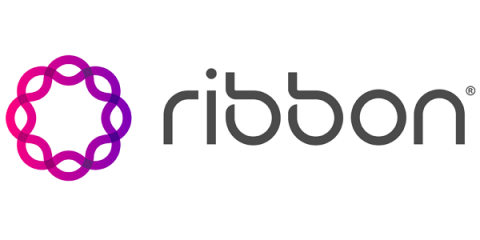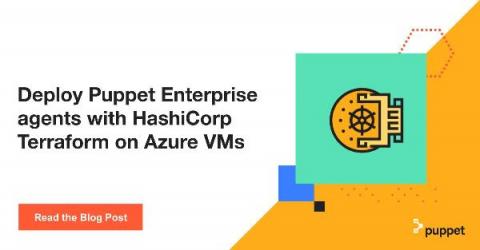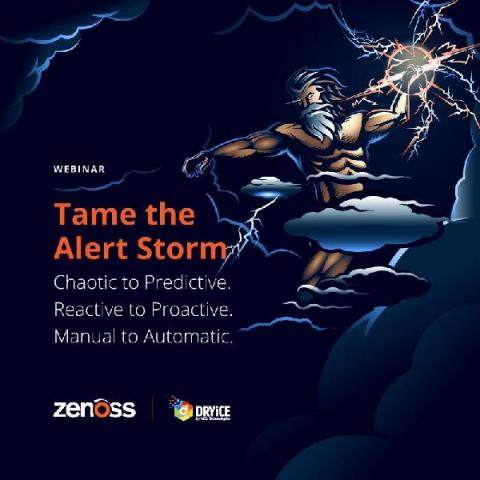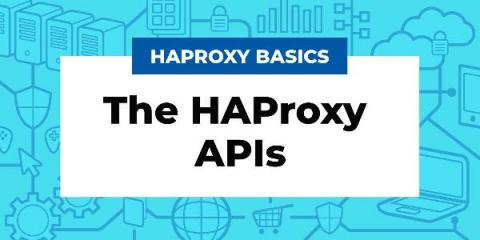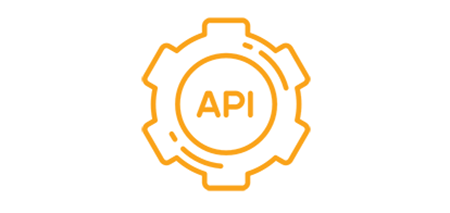How to Troubleshoot Kubernetes with Confidence - 2021 Cloud-Native Days Summit
We recently attended the 2021 Cloud-Native Days Summit, where our co-founding CEO Ben Ofiri gave a lightning round talk on How to Troubleshoot Kubernetes With Confidence. In case you missed it, here’s a recording and transcript for your convenience.



